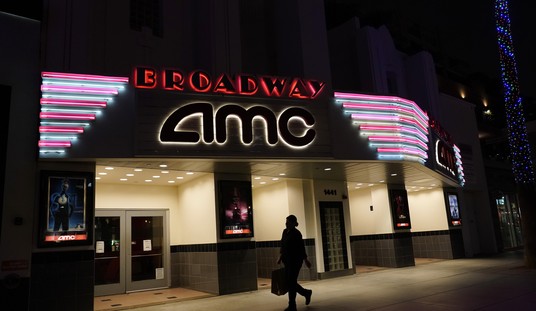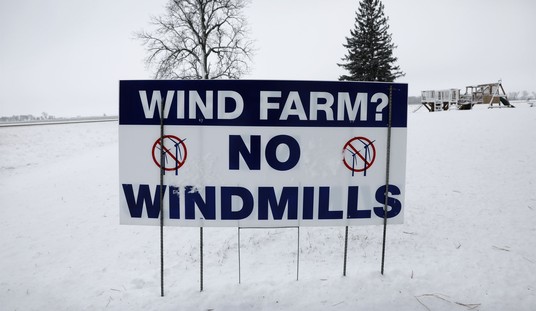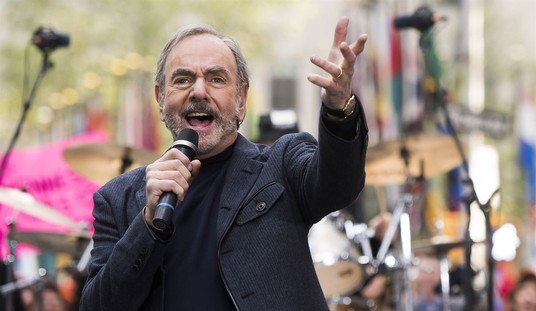I’m a big supporter of the police. This doesn’t stem from any personal connection. Other than my father-in-law, who has been retired for many years, I don’t have any police in my extended family. Instead my support for police comes from the countless hours I’ve spent watching protest videos over the years.
Whether it was Occupy Wall Street or FTP or Black Lives Matter or NoDAPL, one recurring feature of many of these left-wing protest groups is the disrespect for police officers. I don’t just mean chanting “pigs in a blanket, fry ’em like bacon” which is bad enough. I mean people who curse at them, spit at them, throw heavy objects at them and in some cases shoot at them. Almost none of this material ever appears on the local news, much less the national news. I’ve seen it because I went looking for it.
All of that to say, my default position is that police put up with a lot of garbage and usually do so with a lot of professional restraint. I’ve literally seen it over and over. So when the Justice Department announced the results of its investigation into the Chicago Police Department today I was immediately skeptical. But eventually I did have a look at the findings fact sheet and what it described does not sound good:
The Justice Department investigation found that CPD officers have engaged in a pattern or practice of using force, including deadly force, that is unreasonable, in violation of the Fourth Amendment. This pattern or practice includes:
Shooting at fleeing suspects who presented no immediate threat;
Shooting at vehicles without justification;
Using less-lethal force, including tasers, against people who pose no threat;
Using force to retaliate against and punish individuals;
Using excessive force against juveniles;
[…]
With regard to accountability, the investigation found:
- The city fails to investigate the majority of cases it is required to investigate by law.
- When it does investigate, the questioning of officers is aimed at eliciting information
favorable to the officer, and investigators do not confront officers with inconsistent
physical evidence.- The city does not take sufficient steps to secure accurate and complete witness
statements, including by preventing officers from concealing misconduct.- Discipline is haphazard, unpredictable and does not deter misconduct.
But that dry summary doesn’t really give you the flavor of some of the misconduct uncovered by the DOJ investigation, some of which is pretty disturbing.
In one incident, an officer’s neighbor called to report that some boys were playing basketball on the officer’s property. The officer, on duty, left his district to respond and found the teenage boys down the street on their bikes. The officer pointed his gun at them, used profanity, and threatened to put their heads through a wall and to blow up their homes. The boys claim that the officer forced them to kneel and lie face-down, handcuffed together, leaving visible injuries on their knees and wrists. Once released, one boy called his mother crying to tell her an officer had pointed a gun at his face; another boy went home and showed his mother his scraped leg and, visibly upset, said “the police did this to me.” The mothers reported the incident to IPRA. The officer, who had not reported the use of force, accepted a finding of “sustained” and received a five-day suspension. The officer was never interviewed and his reasons for not contesting the allegations are not documented in the file.
Some of these incidents obviously have a he-said, she-said element, but not all of them:
In one incident, for example, officers justified unreasonable force by falsely claiming in their reports that a woman had attacked them. In the video, officers can be seen aggressively grabbing the woman, who was being arrested for a prostitution offense, throwing her to the ground, and surrounding her. After she is handcuffed, one officer tells another to “tase her ten f**king times.” Officers call her an animal, threaten to kill her and her family, and scream, “I’ll put you in a UPS box and send you back to wherever the f**k you came from” while hitting the woman—who was handcuffed and on her knees. Officers can then be seen discovering a recording device and discussing whether they can take it. Supervisors approved this use of force and the officers were not disciplined until after the woman complained to IPRA and produced surveillance video of the event. The City paid the woman $150,000 in settlement of her lawsuit.
And more:
In one incident, officers hit a 16-year-old girl with a baton and then Tasered her after she was asked to leave the school for having a cell phone in violation of school rules. Officers were called in to arrest her for trespassing. Officers claimed the force was justified because she flailed her arms when they tried to arrest her, with no adequate explanation for how such flailing met the criteria for use of a Taser. This was not an isolated incident. We also reviewed incidents in which officers unnecessarily drive-stunned students to break up fights, including one use of a Taser in drive-stun mode against a 14-year-old girl. There was no indication in these files that these students’ conduct warranted use of the Taser instead of a less serious application of force.
Of course there are thousands of police officers in Chicago so it’s inevitable that some of them are going to make the force look bad. Still, weeding out these bad apples is going to require a complaint system capable of identifying them and holding them accountable. But very few complaints of police misconduct are sustained in Chicago:
The City received over 30,000 complaints of police misconduct during the five years preceding our investigation, but fewer than 2% were sustained, resulting in no discipline in 98% of these complaints. This is a low sustained rate.
For comparison purposes, a DOJ report published in 2006 found that among “large law enforcement agencies” about 8% of complaints against police were sustained. So there is reason to think this rate is very low for a large city with a lot of officers.
Just to say it again, cops are still the good guys in the vast majority of cases. This report doesn’t change that. But it does suggest that, in Chicago, there really is room for improvement.
https://www.youtube.com/watch?v=26UuLRHouoo








Join the conversation as a VIP Member